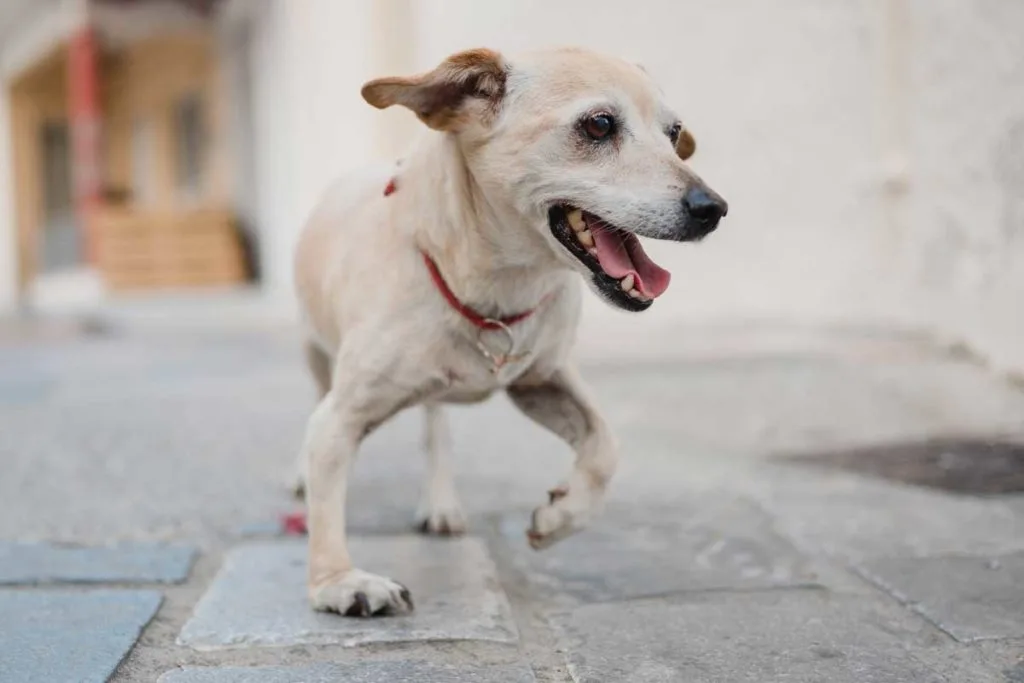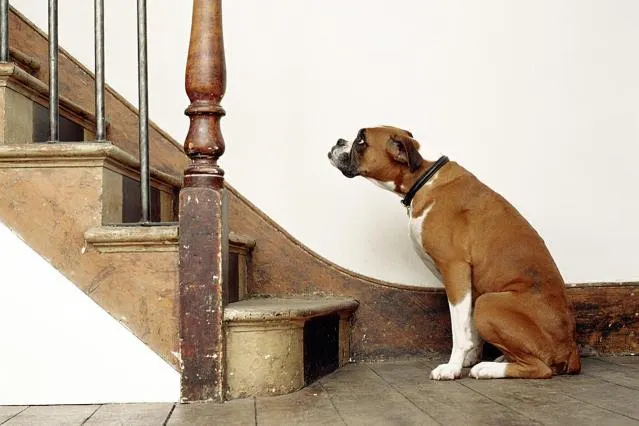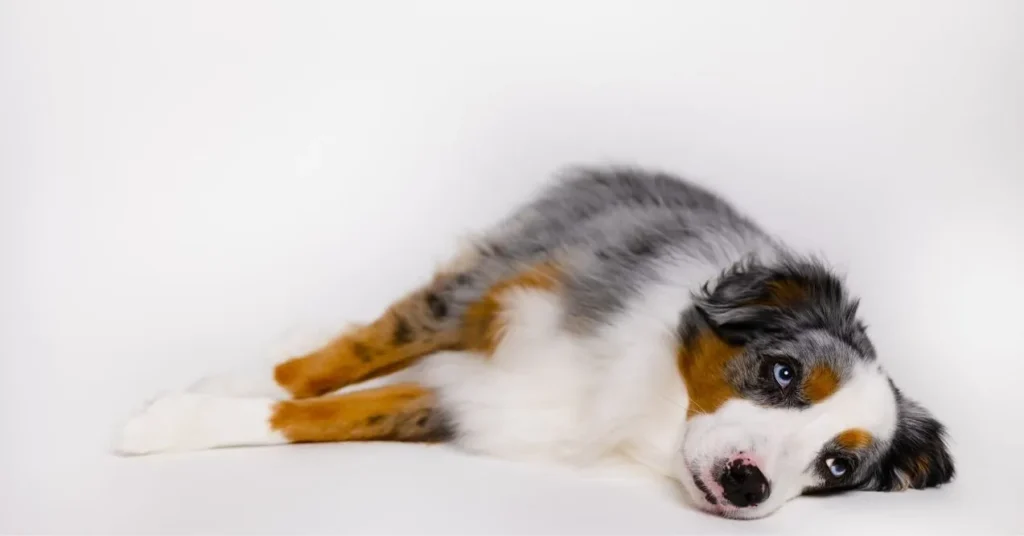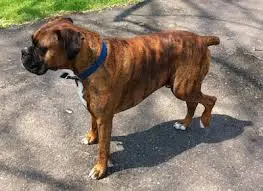Enjoy Free Delivery Anywhere in the USA
When I first came across hip dysplasia, I saw how much it can terrify dog owners, especially those with large or giant-breed dogs. This painful condition can affect any size or breed, often significantly reducing the quality of life. For pet parents, it’s a major concern to watch their canine struggle with signs like limping or stiffness. The good news is that by embracing responsible ownership and educating yourself about potential health conditions, you can spot symptoms early, making treatments and care more effective and keeping your dog comfortable.
In my experience, hip dysplasia is an abnormal development of the hip joint, often characterized by a loose fit that leads to degenerative joint diseases such as osteoarthritis. Factors such as excessive growth, poor nutrition, inadequate exercise, and hereditary risks can influence its occurrence. With the right knowledge, owners can adjust routines, support their dog’s health, and improve everyday care.
Canine hip dysplasia (CHD) is a common joint problem in dogs, especially large and medium breeds like Labradors, German Shepherds, Rottweilers, and Bulldogs. It happens when the hip joint doesn’t form properly, making it loose, which can cause arthritis, pain, and discomfort. It is often caused by both hereditary and environmental factors, and while some dogs need simple care, others may require surgery. An early diagnosis helps achieve the best outcomes.
Normally, the hip joint works like a ball and socket, moving smoothly, but with hip dysplasia, the bones rub and grind, wearing down cartilage and leading to bone spurs, joint changes, and muscle loss. As the condition progresses, dogs face pain, limited mobility, and sometimes loss of function. With the right care and management, and by avoiding breeding affected dogs, owners can make life more comfortable.
Hip dysplasia in dogs and puppies can develop early or later in life. It happens when the hip joint becomes loose, leading to pain, stiffness, and reduced movement. Dogs with this condition may show different symptoms depending on how severe the disease and inflammation are. You might notice your dog limping, “bunny hopping,” or having trouble standing up or climbing stairs. Some dogs lose muscle mass in their back legs while their shoulder muscles get bigger to support their movement. In serious cases, the dog may walk with a swaying gait or avoid running, jumping, or going upstairs due to pain. Regular vet checkups and X-rays can help find arthritis early and plan the right treatment.
Key Signs to Watch For:

Limping or lameness without injury

Bunny-hopping” when walking or running

Trouble standing up or climbing stairs

Abnormal sitting positions

Pain or grating sound in the joint during movement

Loss of thigh muscle and enlarged shoulder muscles
Hip dysplasia in dogs is a genetic problem that often affects big dogs like Labrador Retrievers, German Shepherds, Rottweilers, Great Danes, and Saint Bernards. It happens when the hip joint doesn’t form properly, which makes it loose and causes pain and arthritis. Some dogs get this problem when they are young, while others show signs as they grow older. Finding it early and seeing a vet can help stop more damage and make it easier to manage with medicine, surgery, or lifestyle changes.
Many things can make hip dysplasia worse, such as rapid growth, too much weight, poor diet, overfeeding, and too much or too little exercise. Being overweight puts extra pressure on the joints, and a bad diet can affect bone growth and joint health. Big-breed puppies need special food to grow slowly and stay healthy, which helps prevent bone problems like elbow dysplasia or arthritis.
Some dogs are born with this problem, but food, exercise, and growth can make it better or worse. In serious cases, surgery may be needed, while mild ones can be helped with vet care and positive daily habits.
1
Hip dysplasia in dogs is a painful condition that can lead to arthritis if not treated early. Early diagnosis means no long-term problems, and your pet can live comfortably. Your veterinarian will perform an orthopedic exam to assess the joints and determine the appropriate treatment. The solution may be meds, lifestyle changes, or even surgery, depending on how bad it is.
For mild cases, medical management and lifestyle changes are enough. Your vet may recommend weight loss to take the stress off the hips, exercise restriction on hard surfaces, and physical therapy. Other helpful tools are joint supplements, anti-inflammatory meds, and joint fluid modifiers. These reduce stiffness, pain, and inflammation and improve your dog’s comfort and daily function.
If your dog’s hip dysplasia is severe, your vet may recommend surgery. Common surgical options are double pelvic osteotomy (DPO), triple pelvic osteotomy (TPO), femoral head ostectomy (FHO), and total hip replacement (THR). These surgeries reduce pain, improve movement, and restore normal function. While surgery is more advanced, it often leads to long-term recovery and comfort for the pet.
Even after treatment, supportive care is important for hip dysplasia. Regular exercise, gentle rehab, and muscle-strengthening activities can keep the joints strong. Follow vet advice, eat healthy, and continue therapy to prevent further joint damage. With good care, recovery, and long-term management, your dog can live a more active and pain-free life.
Helping dogs through hip dysplasia recovery takes time, care, and patience. Dog hip dysplasia recovery often needs restricted activity, physical rehabilitation, and ongoing weight management to support healing and long-term function. The treatment may include surgery or a non-surgical treatment, and recovery periods depend on the type. After a total hip replacement (THR) or femoral head ostectomy (FHO), a strict period of activity restriction for about 6–12 weeks is crucial. During this time, avoid jumping, running, or playing with other dogs. Short, daily leash walks and controlled exercises help promote limb use, build muscle strength, and improve mobility. Using a dog sling or towel can assist walking for larger dogs, and keeping the environment safe with non-slip surfaces like rugs helps prevent falls and makes movement easier.
For nonsurgical management, keeping a healthy weight and doing low-impact exercise such as controlled walks or swimming helps strengthen muscles and increase the range of motion around the joints. Medication and supplements, like anti-inflammatory medications or joint supplements, are often prescribed to manage pain and lower inflammation. With supportive care like massage, ramps, and avoiding stairs, dogs can move more comfortably. Regular veterinary checkups and follow-up appointments make sure the bones are healing correctly and implants stay stable. Good monitoring, a controlled diet, and appropriate exercise help with lifelong management of this chronic condition. A dog’s age, temperament, and the owner’s ability all affect how well continued care works, but with love and effort, their comfort and mobility can truly improve.